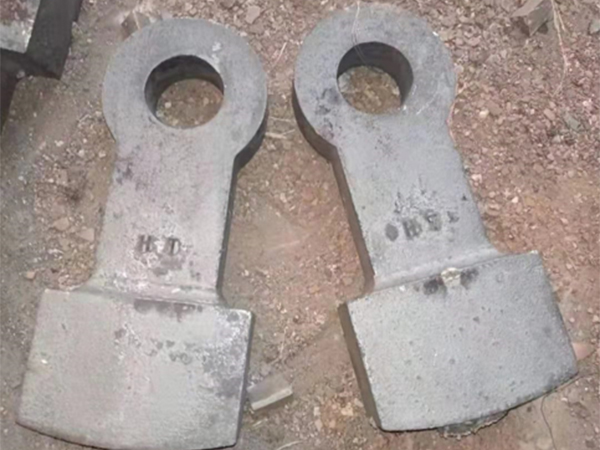High Volume Sand Casting A Key to Efficient Manufacturing
High volume sand casting is a manufacturing process that has gained significant importance in various industries due to its ability to produce large quantities of metal components with precision and efficiency. This process involves creating molds from sand, which are then filled with molten metal to form the desired parts. It is particularly favored for producing complex shapes and large components, making it a cornerstone technique in sectors like automotive, aerospace, and industrial machinery.
One of the primary advantages of high volume sand casting is its cost-effectiveness in large production runs. Sand is an inexpensive material compared to alternatives like steel or ceramic, which makes it an attractive option for manufacturers looking to keep costs down. Additionally, the reuse of sand from previous casts contributes to reduced material waste, resulting in a more sustainable manufacturing process.
The versatility of sand casting is another significant benefit. The process can accommodate a wide range of metals, including aluminum, iron, and bronze, allowing for flexibility in design and application. This adaptability extends to the size of the components that can be produced; sand casting is capable of creating parts ranging from small intricate designs to substantial industrial components weighing hundreds of pounds.
High volume production capabilities are also a hallmark of this casting method. With advancements in technology, manufacturers can utilize automated systems to streamline the sand casting process. These systems improve the speed and consistency of manufacturing, enabling the production of thousands of parts in a short time frame. Automation reduces human error and enhances quality control, which is critical when dealing with high volumes.
high volume sand casting

Moreover, high volume sand casting provides excellent surface finishes and dimensional accuracy
. While traditional sand casting might require extensive post-processing, modern techniques and technologies have improved the overall quality of the final products. Techniques such as the use of resin-bonded sand and improved molding methods result in tighter tolerances and smoother finishes, reducing the need for additional machining and thereby minimizing production times.However, there are some challenges associated with high volume sand casting. The initial setup costs for molds can be substantial, especially for complex or large-scale projects. Moreover, maintaining quality control over extensive production runs can be demanding, requiring rigorous inspection and testing processes.
Despite these challenges, the benefits of high volume sand casting continue to propel its popularity within the manufacturing sector. As industries strive for efficiency and scalability, the demand for reliable casting solutions remains strong. Innovations in materials, techniques, and automation are likely to further enhance the capabilities and applications of sand casting in the future.
In conclusion, high volume sand casting is a vital manufacturing technique that combines cost-efficiency, versatility, and high production capabilities. Its ability to produce complex and sizeable metal components makes it invaluable across various industries. As technology advances and the need for sustainable practices grows, high volume sand casting will undoubtedly remain a key player in the landscape of modern manufacturing.
Post time:9-р сар . 23, 2024 19:28
Next:Understanding the Process and Benefits of Resin Sand Casting Techniques and Applications
